The Pinoy Breakfast
By Lori Baltazar | Timpla
Tue, Jun 7, 2011
Yahoo! Philippines
Time was when a Filipino breakfast would without question be a permutation of a "silog" meal, a processed meat eaten with fried egg and sinangag (fried rice). This still holds true of course but there are other items on the menu for a native breakfast, some of which have more than a touch of global flavor. Here, a short list.
Pan de sal et al
A common sight in the morning are long lines snaking out of the panaderia. There, bleary-eyed folk clutch loose change and soiled bills as they wait their turn to pay for a brown paper bag full of pan de sal. Far from the decidedly insipid oven-baked and plastic-wrapped buns available in the supermarket, pugon or wood-oven baked pan de sal is infinitely better tasting and more satisfying. Its crusty exterior bites down with an audible crunch into a pillowy interior possessing still a memory of warmth from the oven's heat. Dipped into hot coffee — usually instant, usually overly sweet, this is the breakfast people wake up for.
Milo and Native Breads
The Filipino panaderia has some bread probably not found anywhere else in the world. There are some off-putting ones admittedly, dyed in strange colors like purple and fearful fuchsia. But two of my favorites are the ensaymada and Spanish Bread.
The former is nothing like the fancy, fluffy ones sold with real butter and eggs. No, the panaderia ensaymada is made from the same dough as the pan de sal with the addition of margarine, some cheap grated cheese, and a sprinkling of sugar. It's dense and heavy, but really hits the spot.
Spanish bread, though I don't know why it's called that, is usually cylinder-shaped spiraled through with a mixture of bread crumbs, margarine, and sugar.
The perfect partner for these homely breads is a cup of Milo. It could be Ovaltine, but Milo is what I grew up with. Hot and sweet with too much non-dairy creamer spooned in, the searing sweetness is cushioned by the breads' delicious doughyness.
Kakanin
Adjacent to many public markets is a carinderia where hot meals are served in the early morning. I see people eating pares and bowls of mami but I also see others enjoying sizable chunks of kakanins. Kakanin, or local rice cakes, is called so because these are delicacies made from rice that has been ground and then soaked in water or a variation thereof. Regular or glutinous rice is used and then it's often combined with coconut milk and sugar. Cooking methods include baking, boiling, and steaming, usually in banana leaves, which imbues the kakanin with a particular flavor.
Favorite morning kakanins that are also eaten at any time of the day include bibingka, puto, and suman.
Kaya Toast & Jam
This is a breakfast that comes to Filipinos by way of Singapore and Malaysia. A chain of stores called Kopi Roti serves a breakfast that especially delights devotees of soft-boiled eggs and sweet coffee. The eggs are eaten with brown toast slathered with a coconut jam called "kaya." Several Filipinos have become familiar with this during their travels to Singapore, so much so that it's become quite the common breakfast, at least in Metro Manila.
It's wonderful piercing the eggs' yolky goodness with the toast's tip and watching the golden liquid flow out. The kaya jam's sweetness cuts through the cloy of the egg and the pleasure is intensified with each swallow of hot coffee laced with condensed milk.
Lori Baltazar is the whiz behind the popular food blog, Dessert Comes First.
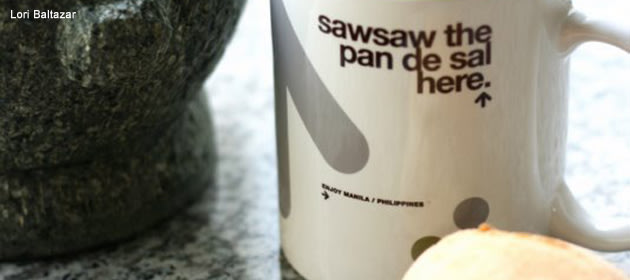


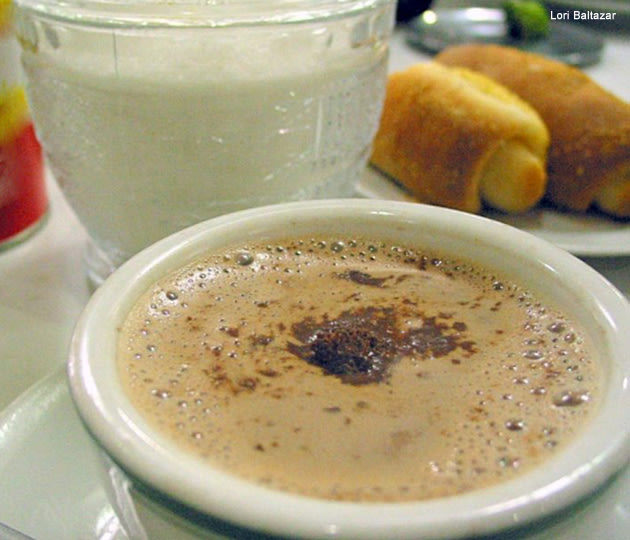
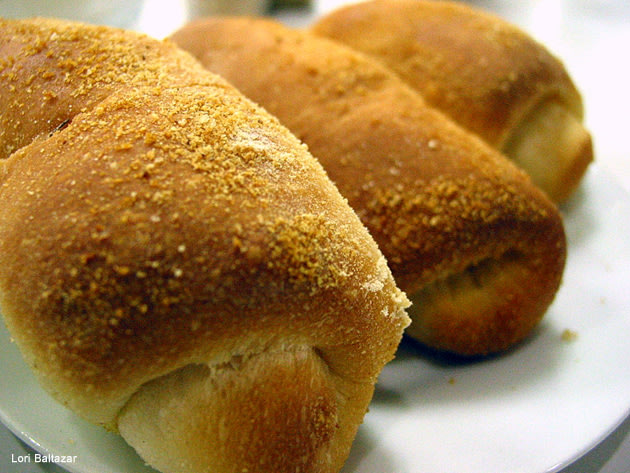
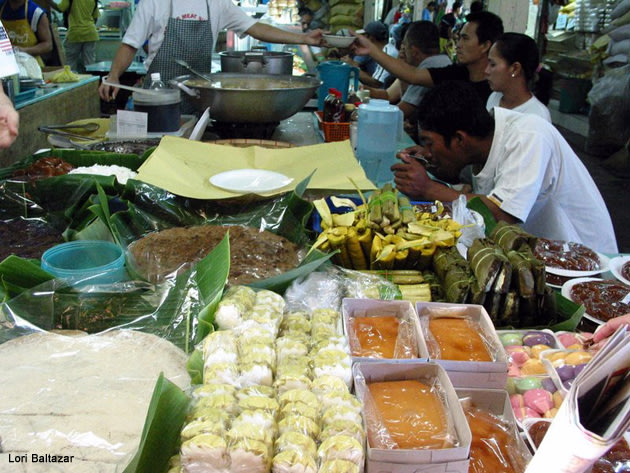
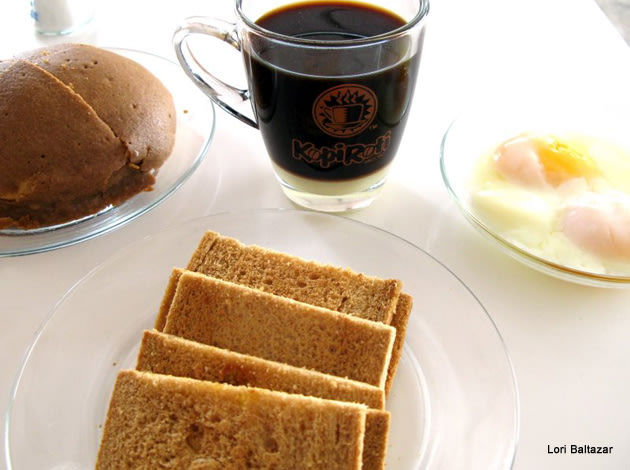
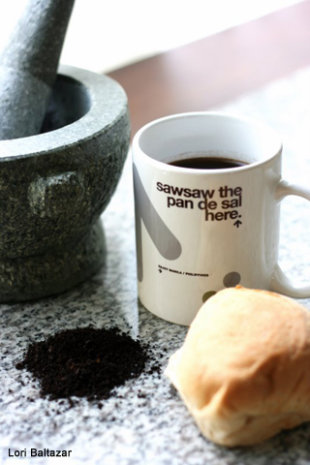
No comments:
Post a Comment